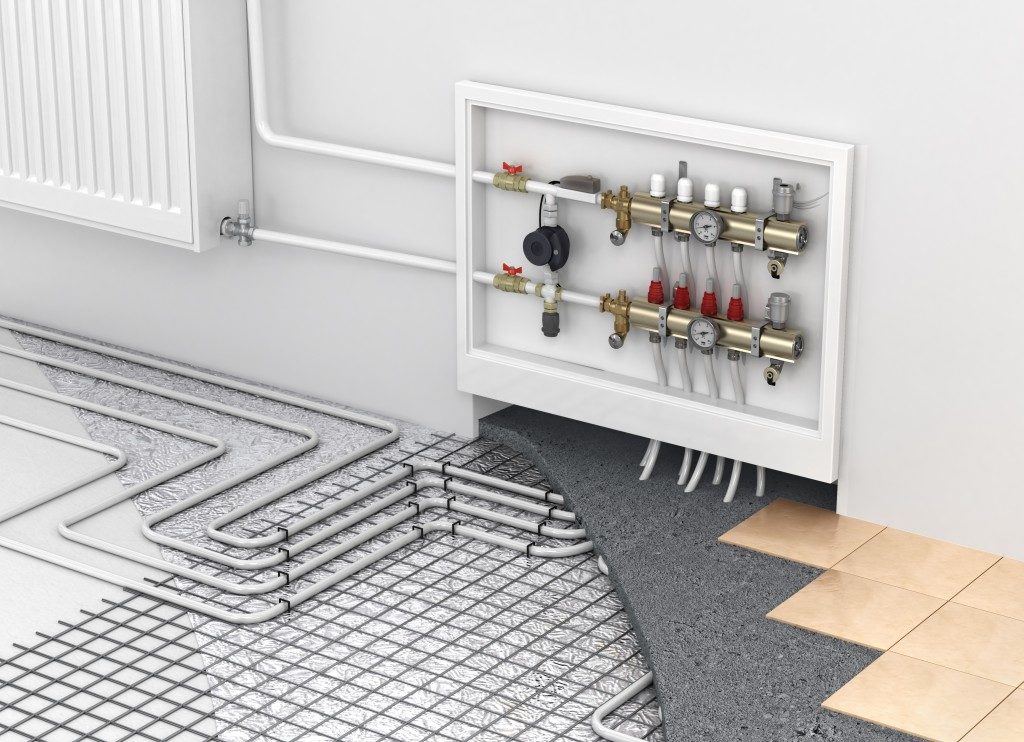Every technological advancement has its drawbacks. With heating and cooling systems, it’s the maintenance. Gas boilers of old, for example, are very hardy and can go a long time without maintenance. Some run well for years without a proper checkup.
Now, high-efficiency systems, especially new chiller boiler systems, require a bit more care to ensure a longer life and maintain peak performance. They may need two or more maintenance checks annually.
As troubles in the mechanical room quickly affect other parts of the building, it is essential to observe preventative maintenance (PM). With that in mind, here are PM tips for keeping your hydronic system working well.
Keep records
Record-keeping makes troubleshooting easier. As many problems start with installation errors, the first key step is to assess the system’s overall picture.
Inspect and record in your maintenance log what you see in your chiller boiler’s venting, piping, gas or oil supply and other key facets. You can use this record to spot trends regarding your system’s operating pressure, temperature, water-level controls and more.
The data you collect can then be the baseline for evaluating system performance and later maintenance and service calls – whether routine or problem-generated. As one problem can have many possible causes, a detailed record will give you clues on the cause.
Make a maintenance schedule
Routine maintenance is crucial to ensuring that every component of your system works the way it should. As it can be confusing what needs to be done frequently and annually, having a maintenance schedule gives a guide on what maintenance tasks should be prioritised and done consecutively. It also identifies who is responsible for a certain task and what resources are needed. This is especially important for tasks that have to be outsourced, giving you time to schedule a date with your contractor.
Give air and dirt separation a boost
Dirt build-up occurs during fabrication, installation and maintenance of a hydronic system. When the system is in operation, entrained air cause scale and particles from corrosion to accumulate. Having a dirt and air separator will help your system have a longer life span. You will also be able to reduce energy consumption, system noise, chemical consumption and water loss from flushing. Plus, you can save time and money on commissioning and bleeding your system. Preventing corrosion, air and dirt separators are a cost-effective defence against premature failure.

Air separators are also great for chilled water systems. It may not be a traditional practice but they play a role in helping chillers operate in optimal condition. They help chilled water systems pump fluid and transfer heat efficiently. For cost-effective operations, installing air separators on high points is ideal.
Install variable speed drives
Variable speed technology helps hydronic systems respond more precisely to building load, changing the system’s motor speed to match your building’s changing requirements. Allowing equipment to operate at the lowest possible motor speed with variable speed drives can reduce your system’s energy consumption. With the right operating conditions, VSDs can offer significant energy savings.
VSDs also allow soft starts with a low in-rush current. The controlled acceleration reduces stress on your equipment which can help increase your system’s operational life.
As cliché as it sounds, prevention is better than cure. Being proactive in maintaining your hydronic system will let you utilise your investment fully. The new systems may require more care but giving them what they need translates to fewer problems and more money in the bank.

